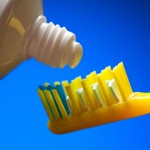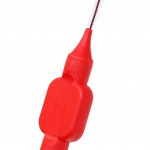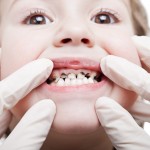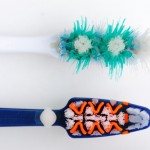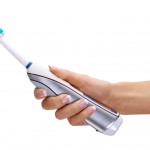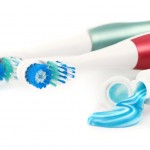
Regular daily toothbrushing plays an important part in preventing periodontal disease and caries but is there consensus on how this should be carried out. The main aim of this study was to assess the methods of toothbrushing recommended for both adults and children by dental associations, toothpaste and toothbrush companies and professional dental sources such [read the full story…]
